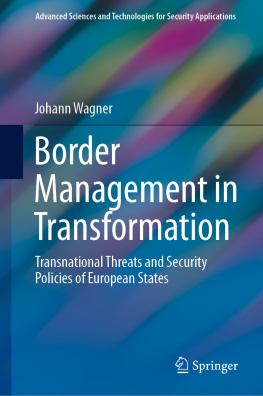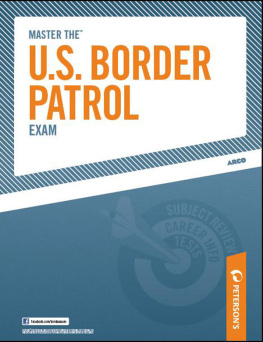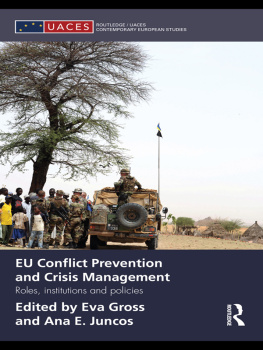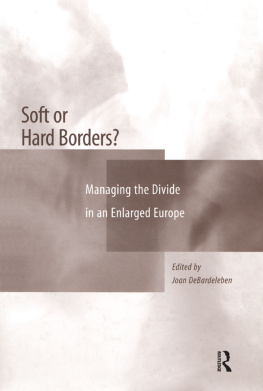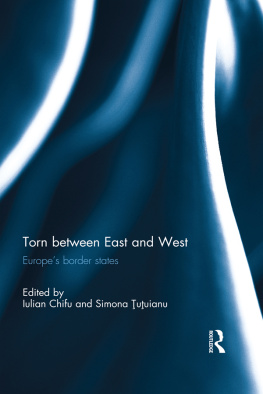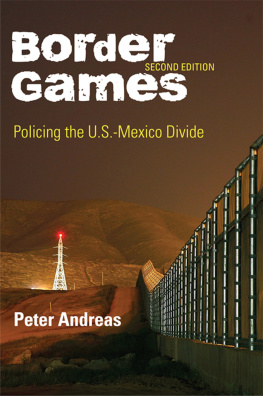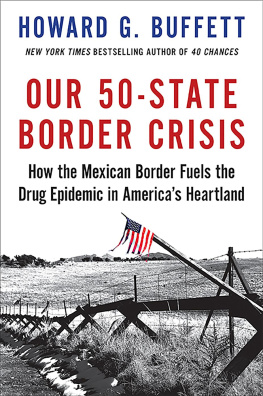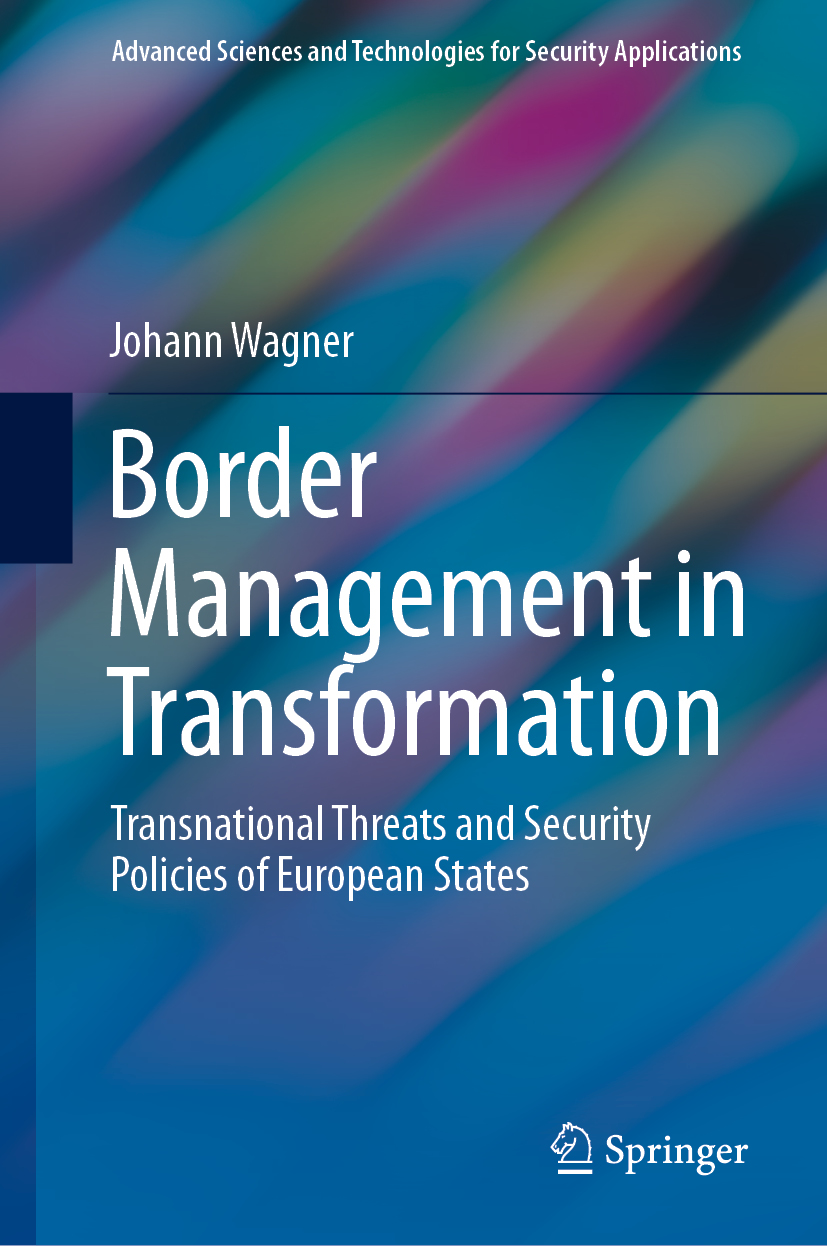Advanced Sciences and Technologies for Security Applications
Series Editor
Anthony J. Masys
Associate Professor, Director of Global Disaster Management, Humanitarian Assistance and Homeland Security, University of South Florida, Tampa, USA
Advisory Editors
Gisela Bichler
California State University, San Bernardino, CA, USA
Thirimachos Bourlai
Lane Department of Computer Science and Electrical Engineering, Multispectral Imagery Lab (MILab), West Virginia University, Morgantown, WV, USA
Chris Johnson
University of Glasgow, Glasgow, UK
Panagiotis Karampelas
Hellenic Air Force Academy, Attica, Greece
Christian Leuprecht
Royal Military College of Canada, Kingston, ON, Canada
Edward C. Morse
University of California, Berkeley, CA, USA
David Skillicorn
Queens University, Kingston, ON, Canada
Yoshiki Yamagata
National Institute for Environmental Studies, Tsukuba, Ibaraki, Japan
Indexed by SCOPUS
The series Advanced Sciences and Technologies for Security Applications comprises interdisciplinary research covering the theory, foundations and domain-specific topics pertaining to security. Publications within the series are peer-reviewed monographs and edited works in the areas of:
biological and chemical threat recognition and detection (e.g., biosensors, aerosols, forensics)
crisis and disaster management
terrorism
cyber security and secure information systems (e.g., encryption, optical and photonic systems)
traditional and non-traditional security
energy, food and resource security
economic security and securitization (including associated infrastructures)
transnational crime
human security and health security
social, political and psychological aspects of security
recognition and identification (e.g., optical imaging, biometrics, authentication and verification)
smart surveillance systems
applications of theoretical frameworks and methodologies (e.g., grounded theory, complexity, network sciences, modelling and simulation)
- biological and chemical threat recognition and detection (e.g., biosensors, aerosols, forensics) - crisis and disaster management - terrorism - cyber security and secure information systems (e.g., encryption, optical and photonic systems) - traditional and non-traditional security - energy, food and resource security - economic security and securitization (including associated infrastructures) - transnational crime - human security and health security - social, political and psychological aspects of security - recognition and identification (e.g., optical imaging, biometrics, authentication and verification) - smart surveillance systems - applications of theoretical frameworks and methodologies (e.g., grounded theory, complexity, network sciences, modelling and simulation)
Together, the high-quality contributions to this series provide a cross-disciplinary overview of forefront research endeavours aiming to make the world a safer place.
The editors encourage prospective authors to correspond with them in advance of submitting a manuscript. Submission of manuscripts should be made to the Editor-in-Chief or one of the Editors.
More information about this series at http://www.springer.com/series/5540
Johann Wagner
Senior Expert in Strategic Security Management, Ruhstorf an der Rott, Bayern, Germany
ISSN 1613-5113 e-ISSN 2363-9466
Advanced Sciences and Technologies for Security Applications
ISBN 978-3-030-62727-0 e-ISBN 978-3-030-62728-7
https://doi.org/10.1007/978-3-030-62728-7
The Editor(s) (if applicable) and The Author(s), under exclusive license to Springer Nature Switzerland AG 2021
This work is subject to copyright. All rights are solely and exclusively licensed by the Publisher, whether the whole or part of the material is concerned, specifically the rights of translation, reprinting, reuse of illustrations, recitation, broadcasting, reproduction on microfilms or in any other physical way, and transmission or information storage and retrieval, electronic adaptation, computer software, or by similar or dissimilar methodology now known or hereafter developed.
The use of general descriptive names, registered names, trademarks, service marks, etc. in this publication does not imply, even in the absence of a specific statement, that such names are exempt from the relevant protective laws and regulations and therefore free for general use.
The publisher, the authors and the editors are safe to assume that the advice and information in this book are believed to be true and accurate at the date of publication. Neither the publisher nor the authors or the editors give a warranty, expressed or implied, with respect to the material contained herein or for any errors or omissions that may have been made. The publisher remains neutral with regard to jurisdictional claims in published maps and institutional affiliations.
This Springer imprint is published by the registered company Springer Nature Switzerland AG
The registered company address is: Gewerbestrasse 11, 6330 Cham, Switzerland
Preface
In the twenty-first century, along with the process of globalisation, a constantly evolving security environment creates new dimensions of threats and challenges to security and stability of a trans-national nature. This seeks for comprehensive, multidimensional, collective and well-coordinated responses. The United Nations, European Union, Commonwealth of Independent States, Organisation for Security and Co-operation in Europe and other international organisations are able to really contribute in developing cooperative and coordinated responses to these threats by relying on its broad membership and profound expertise and experience.
This project looked into the processes of changes and renewals of border control and border management standards in relation to strategic security management during the past 25 years after the fall of the Iron Curtain, and the immense challenges in nation-building in Eastern and Southeastern Europe. The abolition of border controls within the Schengen area and the simultaneous introduction of necessary compensatory measures was an additional topic. In this work, it has been possible to create a comprehensive synopsis of the extent to which the EU and international organisations were able to use their influence in the modernisation and/or creation of state law enforcement agencies for ensuring effective border control, border surveillance and border management in line with the EU acquis communautaire and standards.
A modern, cost-benefit-oriented and effective border management should ensure both open borders as well as maximum security. At the same time, potential transnational threats must be clearly identified and cross-border organised crime combated consistently without compromise. Hence, cross-cooperation and information exchange are very important elements of the EUs integrated border management concept, which facilitates the coordination and cooperation between all relevant authorities and organisations in the fields of border control and border surveillance in achieving the jointly defined objectives in terms of open but at the same time secure borders. This applies within the respective border law enforcement agencies (intra-agency cooperation), as well as between other involved governmental departments and agencies of a country (inter-agency cooperation) and also across borders in a bilateral and multilateral context (international cooperation).

